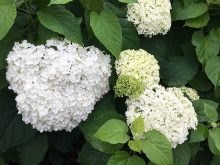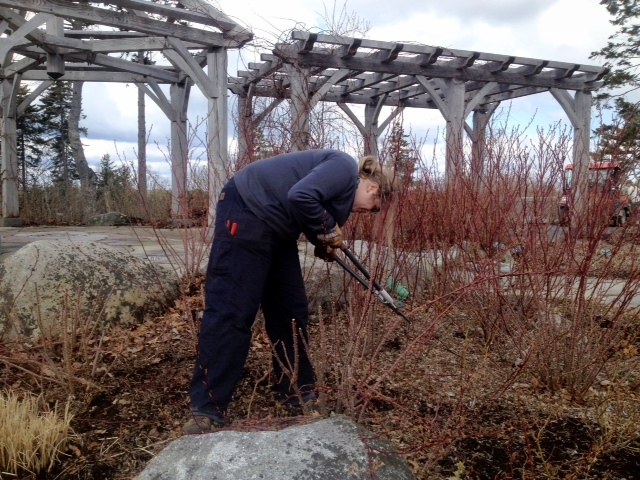I sat down with our Adult Education Program Manager and horticulturist extraordinaire, Irene Barber, to pick up some of her sure-fire fall clean-up tips for the home garden. Her top tier advice? Keep the fall detritus around and let it decay naturally. The following year, you’ll be able to utilize the materials you have onsite first instead of importing more and more from offsite, which can be a source of unwanted fungi, insects, and disease. Using what Mother Nature has provided also saves you a bit of cash (that you can then spend on plants and gardening gear…).
Top Tips for Fall Garden Clean-Up
Irene’s top tips:
- Leave the leaves and seedheads for insects and animals and reap the benefit of natural mulching for overwinter insulation. Note that leaving a duff layer can harbor undesirables like ticks, though. Her advice? “Strategize—leave some areas less manicured, but strategically manage the areas closer to home, the ones that see the highest human use.”
- For new gardens, if you’re in the establishment period for plants with tall, heavy bloom sets like astilbe and baptisia, it’s best to cut them back. Heavy winds and freezing rain can bend the flower stem down, pulling up new roots. For the first to second fall, depending on rate of establishment, cut stems back to help grow healthy root stock.
- Practice selective pruning. If you grow hydrangeas, for example, feel free to prune, but not every flower head. “Celebrate the skeletons,” Irene says. “Thin out the canopy in order to have best of both scenarios—resist heavy snow damage, but enjoy the beauty of winter’s bones.”
 Allium and Baptisia
Allium and Baptisia
 Hydrangea
Hydrangea
- Practice horticultural diversity. In a primarily naturally managed space, pests are inevitable. So if you have a lot of one kind of plant in a setting, it’s going to incur more damage than if you had it dotted throughout your landscape. “A diversity of plant habits diversifies the injury and aesthetic damage that naturally occurs. The inevitable pests won’t decimate one given area. Avoid a monoculture dinner plate for your overwintering habitat.”
- If you have a lot of soil exposure in your garden or landscape, protect it by utilizing fallen debris and detritus. Prior to winter, shred or pile up your homemade mulch to insulate bare soil. Since roots are susceptible to frost exposure, they’ll die with fluctuating temps (like our own winter die-off last year). These layers of protection trap frost and resist the dangers of deep frost, maintaining a more constant temperature and protecting vulnerable roots from the freeze-melt cycle. This tip also helps keep plants from waking prematurely. If you don’t have your own natural mulch, use organic wood mulch or purchased compost. Rule of thumb—bulk is best to reduce the use of plastics. If you have space, accumulate your detritus and save it for future mulching needs.
- Oh, and if you’re worried about what happens to this mulching layer in the spring, wondering if its heaviness will harm the plants, then Irene has some advice. “You can lift away the thickest of solid leaf layers, but keep a thin layer in place. This contributes to healthy soils and supports those beneficial insects overwintering, allowing them to realize their full life cycle. If we disturb leaf litter too early in spring, we can harm our effort to support our native butterflies, bees, moths, and more.”



